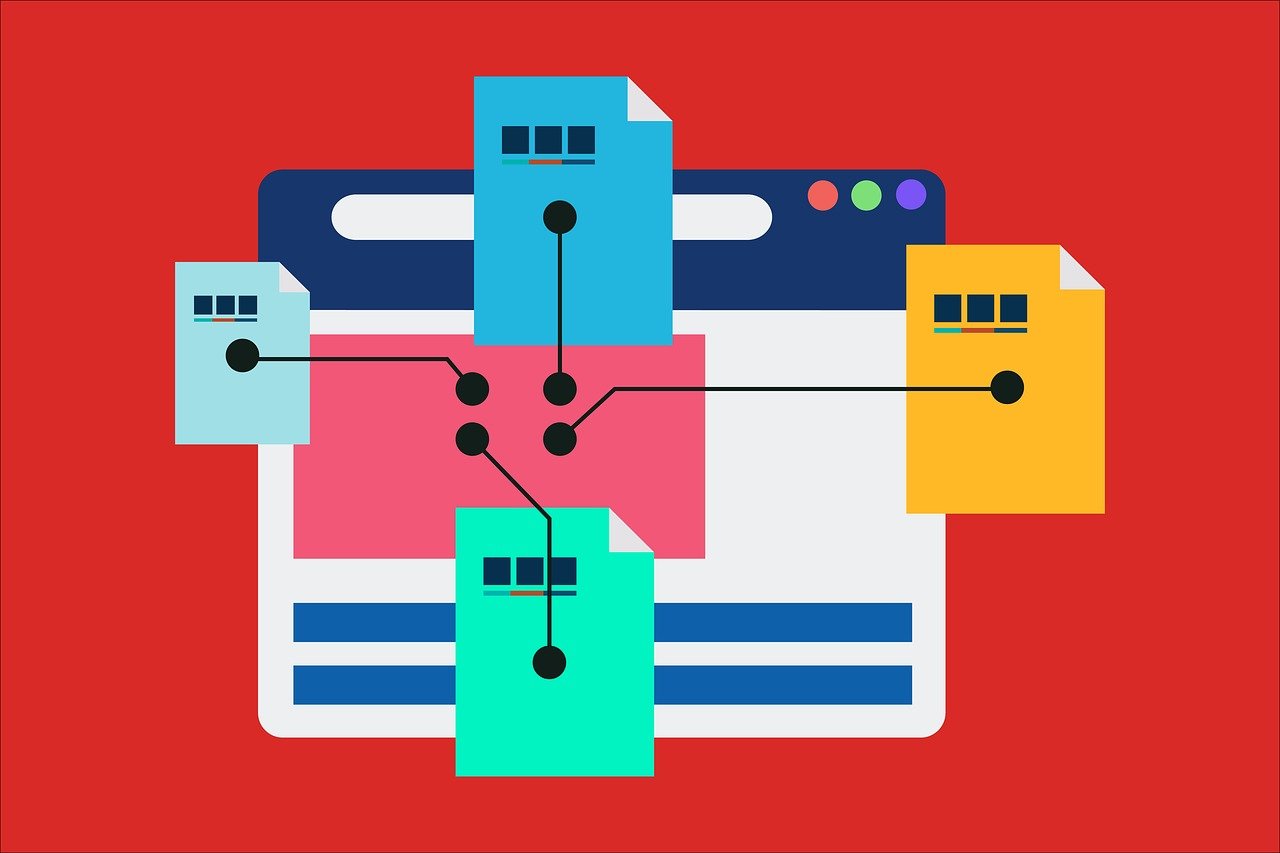11 factors to consider when planning a website

When planning a website, there are several important factors that need to be considered to ensure its success. Whether you are creating a brochure site or an e-commerce platform, these eleven things should be part of any planning exercise.
1. Focus on UX and UI
The most important thing to consider when creating or redesigning a website is how users will view and interact with it. For web developers, this is often broken down into two areas: User Experience (UX) and User Interface (UI).
UX refers to the overall experience a user has when interacting with a product or website. It focuses on creating a seamless, intuitive, and satisfying experience by understanding user needs, designing user-friendly interfaces, and optimising usability.
UI is more about the visual elements and interactive components of a product or website. It involves the design of buttons, menus, forms, and other graphical elements that users interact with. UI design aims to create visually appealing, consistent, and user-friendly interfaces.
When researching and planning your website, UX and UI should be at the forefront of any decisions. A full breakdown of UX and UI can be found in our previous blog, that you can access here.
2. Purpose and Goals
Clearly define the purpose of your website and establish specific goals you want to achieve. Are you creating an e-commerce platform, a blog, an informational site, or something else? Understanding your purpose will guide the design, content, and functionality decisions.
3. Target Audience
Identify your target audience and their preferences, needs, and expectations. Consider their demographics, interests, and technical proficiency to tailor the website to their requirements. This will influence the design elements, the language used, and user experience.
4. Design and Branding
Develop a visually appealing and consistent design that aligns with your brand identity. Choose a colour scheme, typography, and layout that reflects your brand personality and appeals to your target audience. A professional and intuitive design enhances the user experience even further.
5. Navigation and Usability
Plan a clear and user-friendly navigation structure to help visitors find information quickly and easily. Consider the organisation of the content, logical menu hierarchy, and intuitive labels. Usability testing can provide valuable insights into the effectiveness of your website's navigation.
6. Content Strategy
Determine what content will be included on your website and how it will be organised. Craft engaging and relevant content that delivers value to your visitors. Consider incorporating a mix of text, images, videos, and interactive elements to create a compelling user experience.
7. Search Engine Optimization (SEO)
Implement SEO best practices to improve your website's visibility in search engine results. Conduct keyword research, optimise page titles and meta descriptions, create search-engine-friendly URLs, and ensure your site has a responsive design for mobile devices.
8. Performance and Loading Speed
Optimise your website's performance to ensure fast loading times. Users expect a quick and smooth browsing experience, so optimise images, use caching techniques, and minimize unnecessary scripts or plugins that can slow down your website. A fast and efficient site will also contribute to boosted SEO.
9. Responsiveness
As of May 2023, data shows that 64% of the total web visits are currently via mobile, compared to 31% coming from desktops. This means it is crucial to design your website to be responsive and mobile-friendly, that is to cater to both smartphones and tablets. Your website should be accessible and display correctly across various screen sizes and devices.
10. Security
Consider security measures to protect your website and its visitors from potential threats. Implement SSL certificates to enable secure connections, regularly update your software and plugins, and use strong passwords. If your website handles sensitive data, implement additional security measures to protect user information.
11. Analytics and Tracking
Set up website analytics to monitor visitor behaviour, track conversions, and gain insights into your website's performance. Tools like Google Analytics can provide valuable data to help you make informed decisions and optimise your website over time.
Remember that planning is just the first step. It is best practice to regularly evaluate and update your website based on user feedback, analytics data, and emerging trends to ensure it remains effective and relevant. This way it is tailored to your users' needs, which is essential to the success of a website.
For more information on how we can aid in your website development, contact us today.
Archive
2024 (14)
July (2)
June (1)
May (2)
April (3)
March (2)
February (1)
January (3)
2023 (27)
December (1)
November (3)
October (3)
September (2)
August (4)
July (2)
June (3)
May (1)
April (2)
March (3)
February (3)
2022 (21)
December (3)
November (1)
October (2)
September (3)
August (1)
July (2)
June (1)
May (1)
April (1)
March (2)
February (1)
January (3)
2021 (25)
December (2)
November (1)
October (3)
September (2)
August (2)
July (2)
June (3)
May (2)
April (2)
March (2)
February (2)
January (2)
2020 (20)
December (2)
November (3)
October (1)
September (2)
August (1)
July (2)
June (1)
April (2)
March (2)
February (2)
January (2)
2019 (22)
December (2)
November (2)
October (2)
September (3)
August (3)
July (2)
June (2)
May (2)
April (3)
January (1)
Latest News/Blog
The Role of Public Relations in Rebranding
13 June 2024
Things to Consider When Rebranding
31 May 2024